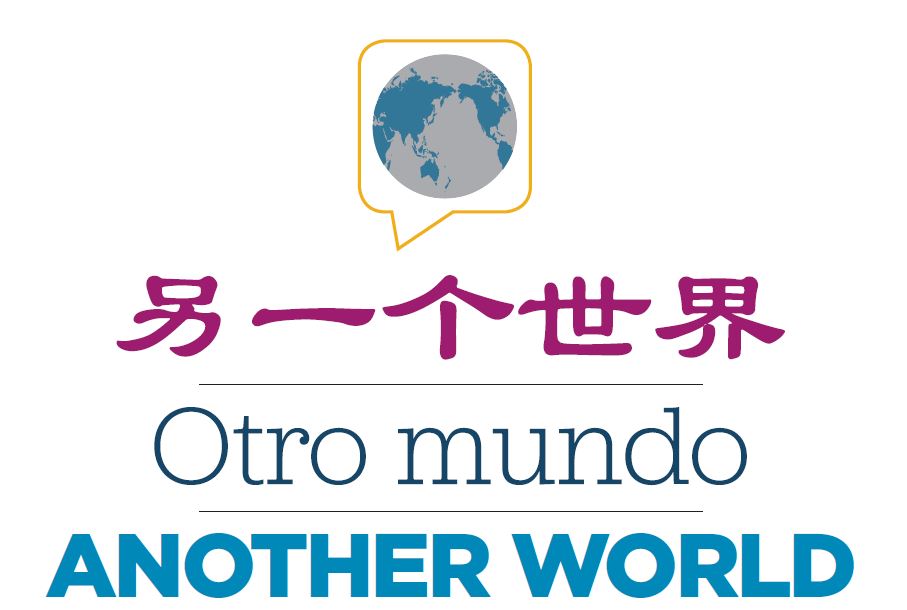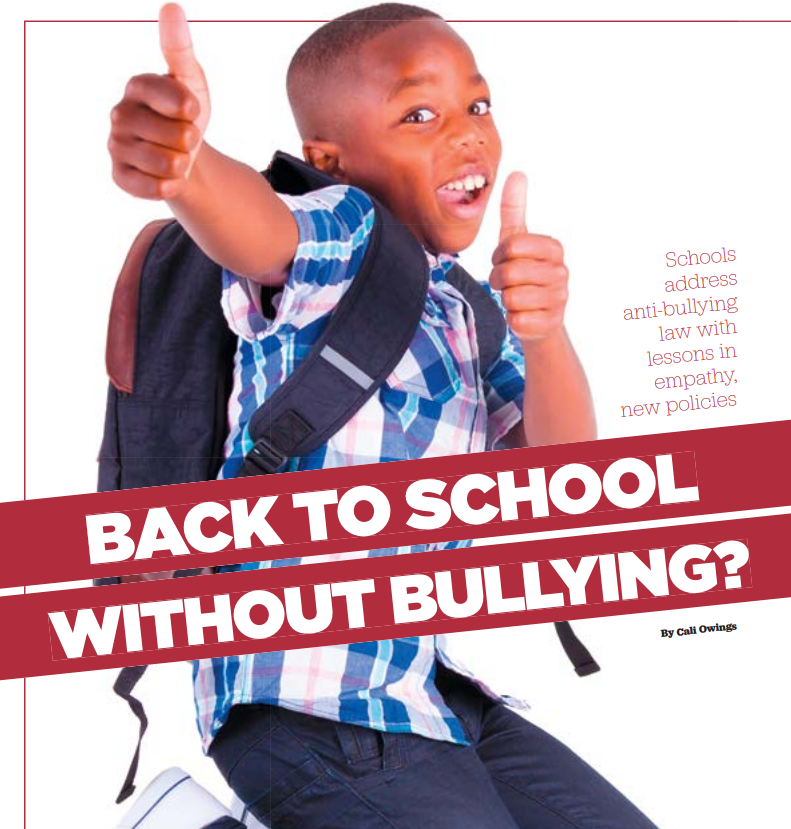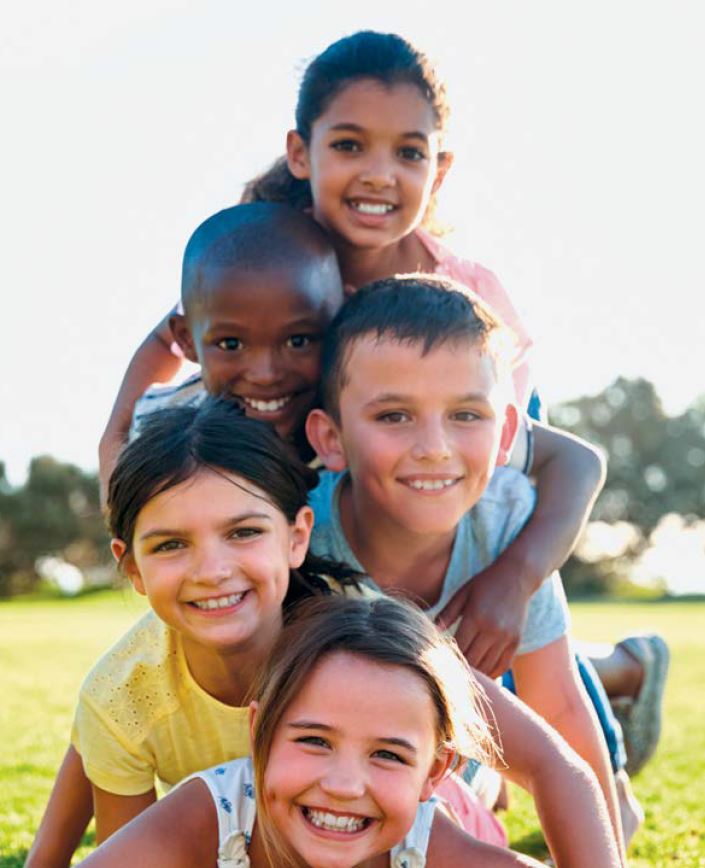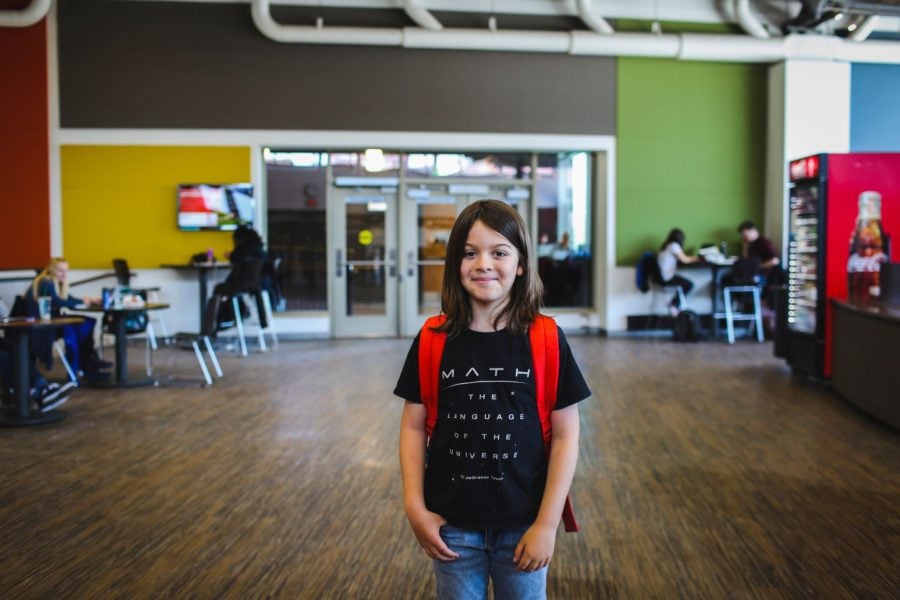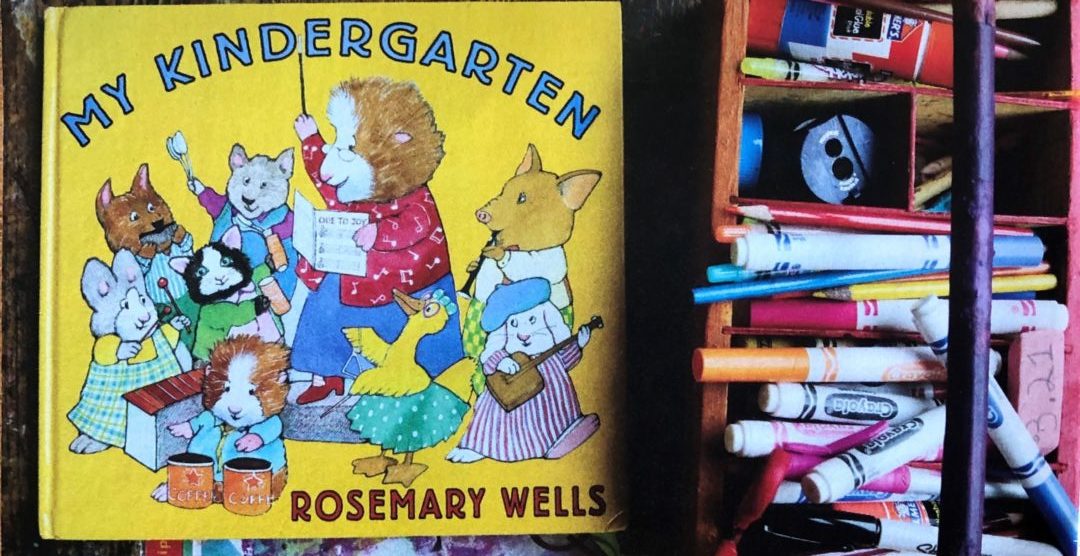Demand for Spanish and Mandarin language immersion is fueling growth at many popular charter schools.
When Melissa Navratil and her family hosted a woman from Colombia as part of an international exchange program, she expected her two oldest daughters, in fourth and sixth grade, to be able to chat at least a bit using the Spanish they’d learned at their immersion school.
But she didn’t expect her son — a first-grader at the time — to speak so easily and fluently in the car on the way home from the airport.
“I just heard this little voice talking for the first time,” she said. “You don’t hear them speak the second language at home. That was the first time I truly understood what the program was doing with the kids.”
Navratil’s three children, now 15, 13 and 10, picked up their Spanish at Lakes International Language Academy, a public charter school in Forest Lake offering immersion programs in Spanish and Mandarin.
Since 2004, Lakes International Language Academy, or LILA, has offered a combined language immersion and International Baccalaureate curriculum for grades kindergarten through sixth grade. Programming started with 177 students.
This year, thanks to a growing Mandarin program, more than 730 kids are attending the school, which opened a new building for grades 4, 5 and 6 this year, across the street from its original campus, housed in a former hospital.
LILA is offering two sections of kindergarten in Mandarin (25 students each) and four sections for Spanish this year, said the school’s assistant director, Shannon Peterson.
Peterson attributes the school’s growth to the “lose nothing, gain everything” philosophy of the immersion program, which she’s seen pay off as students, including her own daughter, mature through the school system.
Students gain another language, she said, without losing the ability to use English. They also learn everything they need to meet state standards and beyond.
And with a second language, immersion-educated kids will be able to communicate with more people, definitely more than their parents, Peterson said, adding: “Who wouldn’t want to give that to their child?”
Students at Lakes International Language Academy participate in many activities that promote health and wellness, such as the Kinder Olympics with gunny sack races.
How it all began
It took Peterson and other dedicated parents several years to bring LILA’s immersion program to Forest Lake.
At first, a coalition of families seeking the curriculum sought to make it a part of the Forest Lake School District. But the school board voted down the proposal.
While a few families supported the idea and hoped to one day enroll their children in such a program, Peterson said members of the community spoke out against the idea before the school board vote. There was outcry against the proposal, including the idea that children would say The Pledge of Allegiance in another language.
Without the district’s backing, it took three years to establish a public charter school. The parents recruited Cam Hedlund, who was working as an administrator in a Lino Lakes school, to serve as its executive director.
Since then, immersion programs have become extremely popular in the Twin Cities and beyond. The Forest Lake School District now offers its own partial-immersion programs for elementary schoolers and continuing programs for LILA graduates in the junior high and high school.
“They’re full and we’re still full,” Peterson said, adding that LILA has a waiting list for its Spanish program every year.
Finding locally trained teachers to tackle the teaching demands of both IB and immersion can be tough, Peterson said. More than 70 percent of their instructors are from other countries. Many are authorized to teach as “non-licensed community experts” based on their language skills, a designation assigned by the state Board of Teaching. LILA’s wide pool of teachers, however, means students are exposed to several different dialects in the target languages and develop a more diverse vocabulary, Peterson said.
Another way the school boosts learning in its target languages is by hosting 20 language ambassadors every year to help out in classrooms. Each kindergarten section has its own ambassador. Most of the exchange-program ambassadors, who typically come from China, Taiwan, Spain and South and Central America, are recent teaching graduates or are about to graduate with a teaching degree in their home country.
Children in the Mandarin program at Lakes International Language Academy in Forest Park show off some of their work.
Keeping the faith
Immersion isn’t for everyone, of course. In fact, a big challenge for many parents of students in immersion schools is the initial fear that their children might not be reading or writing in English as quickly or as well as their monolingual peers.
Kristi Sherman, a Forest Lake mom of four LILA students, was worried when she noticed kindergartners in traditional schools reading before her kids.
Parents often experience what Peterson calls “the second-grade panic” when they realize it takes more time to develop both languages simultaneously.
Despite her initial concerns, Sherman said all of her kids, including her youngest going into third grade in the Mandarin program, are reading in both languages.
“Once they get past the third grade, you start to see it pay off,” she said. “It really is amazing how they catch on to both the English and the Spanish.”
Navratil said parents are required to take a leap of faith with immersion. Many students, she said, often end up doing better than their peers later on in elementary school.
Her second daughter, Grace, now 13, posted low test scores in reading in third grade. By fifth grade, her reading skill level exceeded state standards.
Navratil has high praise for the school’s visionary leaders. Her children’s additional languages, she said, are gifts to be treasured.
“I see this as opening incredible doors for them,” she said. “They can work in a field and be able to communicate with people who do the same thing in different countries.”
Sherman said the IB curriculum, meanwhile, is helping her raise more independent-thinking kids.
Though that autonomy can sometimes cause ripples at home when it’s time to do chores, she feels it will pay dividends in the future.
“They are challenging children. They don’t just follow,” she said. “They are big dreamers and big thinkers.”
Navratil, after teaching in the public school systems for several years out of college, chose LILA because she knew she wanted something different for her children.
She even considered going back to teaching at a private school so she could enroll her three kids there. Instead, she found the free public immersion program at LILA. She now feels her family has “won the lottery” by getting her kids in the door at the school, where about 30 percent of the students come in from outside the district.
Lakes International Language Academy in Forest Lake incorporates learning activities across grade levels. For example, sixth-graders may help first-graders practice reading and speaking in the target language.
Starting young
When it comes to choosing immersion for younger kids, many parents hesitate. They barely feel ready to send their child to school, much less to a different world in terms of language.
At full-immersion schools like LILA, lessons are given entirely in the target language — and the classrooms don’t have any posters or materials in English.
Students are allowed to speak English with each other in the hallways, at lunch and during recess. They can also speak English with non-teaching staff in the building for comfort.
Peterson said the first few days of kindergarten in another language can be extra long and tiring, but the transition isn’t much different than the overall transition into kindergarten.
To showcase kindergarten programming, LILA offers preview classes for children ages 2 to 4 and their parents.
Spanish teacher Katie Henry’s typical lessons — delivered entirely in Spanish — are “a lot more song and dance” than teaching in English, she said.
In kindergarten, teachers almost have to “start over every day” to move the students from “Dora Spanish” to fluency.
But it works, Henry said.
“It’s amazing how quickly they really do pick up the depth of how much we teach,” said Henry, who is in her sixth year of teaching at LILA.
She said her students leave kindergarten with more Spanish language acquired than she had in college.
When she was learning the language for only one hour a day, she was able to read and write, but she couldn’t speak it well. She moved to Guatemala, where she had to use Spanish, and finally gained fluency.
Sherman, who studied German when she was in school, can relate to the inadequacy of non-immersion programs. She wanted her children to learn languages more deeply and to be able to make connections with more people.
Sherman said: “You get to learn so much about another culture.”
WHAT’S AN IB PROGRAM?
Many schools, including non-immersion schools, offer IB (International Baccalaureate) programs. IB curriculums take a multidisciplinary approach by framing subjects such as social studies, science, literacy, math, and art within larger themes or “units of inquiry.” IB curriculums approach education from an international context. For example, state education standards include study of the Revolutionary War. The IB curriculum addresses the standard and also teaches students about how exploration and expansion can lead to the restructuring of societies, regardless of place or time. Learn more at ibmn.org.




